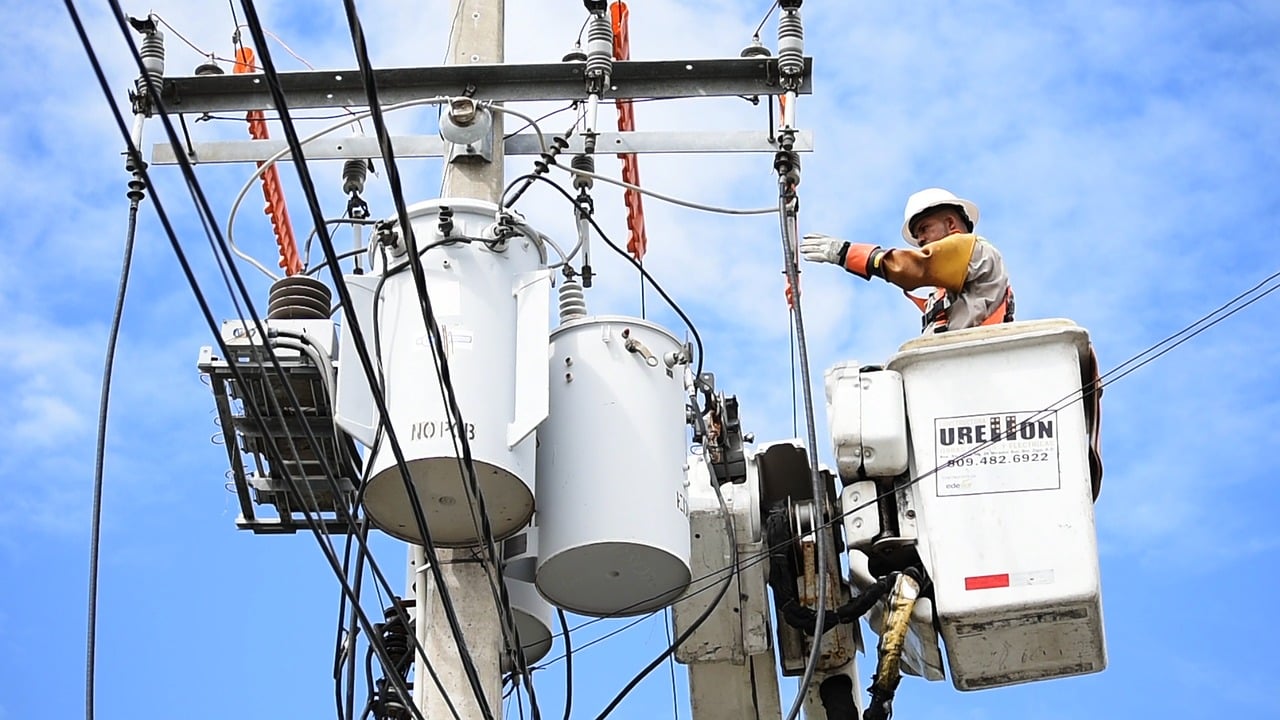Every job involves some kind of risk, and some jobs could be far more life-threatening than others. The risk of workplace fatalities is much higher for fishers, logging workers, and pilots than others. What’s worse, many of the highly dangerous jobs don’t even pay salaries in keeping with the risk involved. Here we take a look at the top 10 most dangerous jobs in the United States.
Folks at 24/7 Wall Street looked at data from the Bureau of Labor Statistics’ annual National Census of Fatal Occupational Injuries report to compile a list of the most dangerous jobs in the country. Things don’t appear to be getting any better for people in high-risk jobs. As per the BLS data, 5,147 accidental deaths occurred at workplaces in 2017. Fatalities from drug overdoses at work have been increasing by more than 25% annually, according to 24/7 Wall Street.
These are the top 10 most dangerous jobs in the US. The ranking is based on the BLS data for the year 2017 for full-time workers.
10- Electrical power-line installers and repairers
Falling from great heights is one of the biggest causes of on-job deaths. Add high-voltage power lines to that and you’ll find yourself in an insanely dangerous work environment. The electrical power-line installers and repairers deal with both these risks every day. Their median annual wage is slightly above $69,000. There were 18.6 fatal injuries per 100,000 workers.
9- Grounds maintenance workers
If you think the grounds maintenance workers such as gardeners have a simple and easy job, think again. They deal with lawnmowers, tractors, chainsaws, and other sharp tools at work. Fatalities occur when they accidentally come in contact with the equipment. According to the BLS, 53 grounds maintenance workers died and 1,040 non-fatal injuries in 2017. It means there were 21.0 fatal injuries per 100,000 workers.
8- Farmers, ranchers, agricultural managers
There were 24.0 fatalities per 100,000 farm workers in 2017. As many as 258 farmers and ranchers died while working, and another 180 suffered non-fatal injuries in 2017. Their median annual wage is a little over $69,000. Farmers, ranchers, and agricultural managers deal with tractors, tools, and other complex farm machinery that pose serious risks. Farming and ranching is the eighth most dangerous job in the country.
7- Truck drivers and sales drivers
These people are behind the wheel in both heavy and light trucks to transport goods from one place to another or deliver it to the end-users. Driving all day is a monotonous and lonely job, and it puts drivers at the risk of fatal road accidents. Lifting and moving heavy objects could also cause injury. Truck drivers had one of the highest numbers of workplace fatalities in 2017. As per BLS data, there were 987 deaths and 77,470 non-fatal injuries last year. The fatal injury rate is 26.9 per 100,000 workers.
6- Structural iron and steel workers
The fatality rate for structural iron and steel workers was 33.3 per 100,000 in 2017. People in this job are often required to work at great heights to install iron and steel on bridges, buildings, and roads. Even an accidental slip could prove fatal. Though only 14 structural iron and steel workers died at work in 2017, the total number of people who got injured was a staggering 1,280. Now you know why it’s one of the top 10 most dangerous jobs in the world.
5- Garbage and recyclable material collectors
Garbage and recyclable material collectors earn media average wages of around $36,000. The on-job fatality rate for them was 34.9 per 100,000 workers in 2017. Just like truck drivers, the primary cause of death and injuries for garbage collectors is road accidents. They are also exposed to hazardous pollutants and contaminants on a daily basis, which could result in health problems.
4- Roofers
Roofers earn a median annual wage of $38,970, but their wages don’t reflect the dangerous nature of the job. They are off the ground for most of their work day for roofing work. So, most of the fatalities occur due to falling. As many as 91 deaths and 2,810 non-fatal injuries were reported in 2017. The average fatality rate was 45.2 per 100,000 workers.
3- Aircraft pilots and flight engineers
Commercial pilots and flight engineers enjoy hefty paychecks. Their median annual wage is a handsome $111,930. But flying also involves a high degree of risk as these people spend their entire working life in and around airplanes. Pilots also have to deal with demanding scheduling and mental stress. There were 59 deaths and 630 non-fatal injuries in 2017. Transportation incidents such as mechanical failure, turbulent weather, and human error are the most common causes of deaths.
2- Logging workers
The job of logging workers is more dangerous than that of pilots, but they aren’t rewarded proportionately. The median annual wage of logging workers is $38,840, while the fatality rate in 2017 was 87.3 per 100,000 workers. Though companies in the logging business take a lot of precautions to ensure the safety of workers, operating heavy machinery and chopping down giant trees comes with a high degree of risk. On top of that, these people often work in remote areas, away from medical aid.
1- Fishers and related fishing workers
Fishers and related fishing workers make about $28,310 a year, even though they have the most dangerous jobs in the country. There were 41 deaths and 120 non-fatal injuries in 2017. The fatality rate for fishers is 100.0 per 100,000 workers. They are on open waters, far away from medical aid. The biggest causes of fatality are failing machinery, extreme weather conditions, and transportation incidents.





